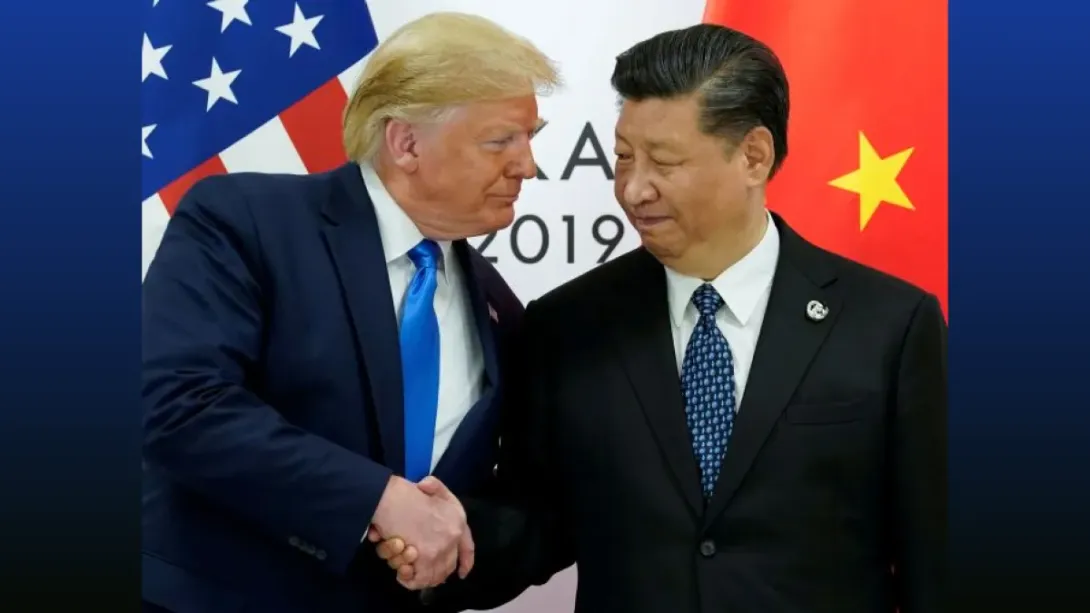China’s Communist Party has convened a high-stakes meeting to outline its next five-year plan, marking a pivotal moment for the world’s second-largest economy as it grapples with slowing growth, rising U.S. tariffs, and a sweeping military purge. The upcoming policy roadmap, covering 2026–2030, is expected to prioritize technological self-reliance, national security, and high-quality growth over rapid expansion. President Xi Jinping’s concurrent crackdown on the military and state apparatus underscores Beijing’s intent to consolidate power and ensure stability as it navigates an increasingly adversarial global landscape.
A Defining Moment for Beijing’s Policy Direction
Beijing’s latest plenary session of the Communist Party comes at a critical juncture. Economic growth has cooled to its weakest pace in years, weighed down by a property-sector slump, weak consumer spending, and tightening global trade conditions. At the same time, renewed tariff measures from Washington under Donald Trump’s administration have reignited fears of a prolonged trade standoff.
The four-day meeting, which began on October 20, seeks to chart a path forward for China’s economy and governance through 2030. Analysts view this session as one of the most consequential since Xi Jinping began his third term, with decisions that could redefine the balance between growth, self-reliance, and geopolitical strategy.
Technological Independence Takes Center Stage
At the heart of the forthcoming five-year plan lies a push for technological independence. Beijing is expected to double down on investments in semiconductors, artificial intelligence, electric vehicles, and green energy — sectors viewed as essential to insulating China from external shocks.
With U.S. export restrictions targeting advanced chips and manufacturing equipment, China’s leadership aims to reduce dependency on foreign technology and strengthen domestic innovation capabilities. This shift, often referred to as the “dual circulation” strategy, seeks to drive internal consumption while building resilient supply chains independent of Western economies.
Economists anticipate that research and development spending will rise sharply, backed by policy incentives for private enterprises and state-owned firms engaged in strategic industries.
Economic Growth: From Quantity to Quality
Gone are the days when Beijing prioritized headline GDP figures. The upcoming plan is expected to emphasize what Xi has called “high-quality development” — a model focused on productivity, innovation, and environmental sustainability.
While growth targets may hover around 5%, the underlying emphasis will shift toward stabilizing employment, improving income distribution, and promoting digital transformation across manufacturing and services. The policy recalibration reflects Beijing’s recognition that structural reforms, not stimulus-driven expansion, will be key to sustaining long-term growth.
This pragmatic approach may also include measures to shore up the struggling property market, encourage household consumption, and attract foreign investment into advanced industries rather than real estate or low-end manufacturing.
The Military Purge: Consolidation of Power and Control
In a move that has reverberated across China’s political landscape, President Xi has intensified an anti-corruption drive within the People’s Liberation Army (PLA), resulting in the expulsion of several high-ranking generals. Among those removed were Vice Chairman He Weidong and former Political Work Department head Miao Hua, both accused of “serious disciplinary violations.”
While officially framed as a corruption crackdown, analysts interpret the purge as part of a broader strategy to tighten control over the military at a time when geopolitical tensions are rising. The shake-up underscores Xi’s determination to maintain absolute loyalty within the armed forces — a key pillar of his governance model.
The timing of the purge, coinciding with the Party’s strategic planning session, suggests a deliberate alignment between political consolidation and policy reform.
Tariff Tensions and Strategic Realignment
Trade relations between China and the United States remain strained, with the Trump administration reintroducing tariffs on Chinese imports valued in the hundreds of billions of dollars. The renewed measures have added pressure on China’s export-driven industries and deepened the urgency of diversifying trade partners.
In response, Beijing is expected to advance its Belt and Road Initiative and expand trade ties with emerging economies across Asia, Africa, and Latin America. Simultaneously, China’s domestic policies are likely to focus on fostering internal demand and innovation-led exports — a long-term hedge against Western economic restrictions.
The Party’s economic strategy, therefore, represents not only a roadmap for domestic reform but also a geopolitical statement: China is preparing to compete on its own terms, resilient to external economic coercion.
Implications for Global Markets and Investors
For global investors, China’s policy direction carries both opportunities and risks. The emphasis on technology, green energy, and manufacturing innovation may create significant openings for firms aligned with Beijing’s priorities. However, the deepening state role in strategic sectors and heightened political oversight could temper foreign participation.
Financial markets are also expected to remain volatile as China balances domestic stabilization with external pressure. The yuan has shown relative resilience, supported by inflows into equities and government bonds, though uncertainty around U.S.-China trade dynamics continues to weigh on sentiment.
If effectively executed, the five-year plan could help China transition into a more sustainable, innovation-driven economy — but the path ahead will demand careful policy calibration and global diplomacy.
Conclusion: A Balancing Act of Power and Policy
China’s 2026–2030 blueprint encapsulates the dual imperatives facing its leadership — sustaining economic vitality while safeguarding political control. As President Xi positions the nation for what he calls a “new era of modernization,” Beijing appears intent on rewriting the rules of engagement with the global economy.
The simultaneous pursuit of self-reliance, military discipline, and geopolitical resilience marks a turning point in China’s governance philosophy. Whether this strategy can withstand external shocks and internal constraints will determine not just the trajectory of the Chinese economy, but the balance of power in the global order for years to come.

Comments